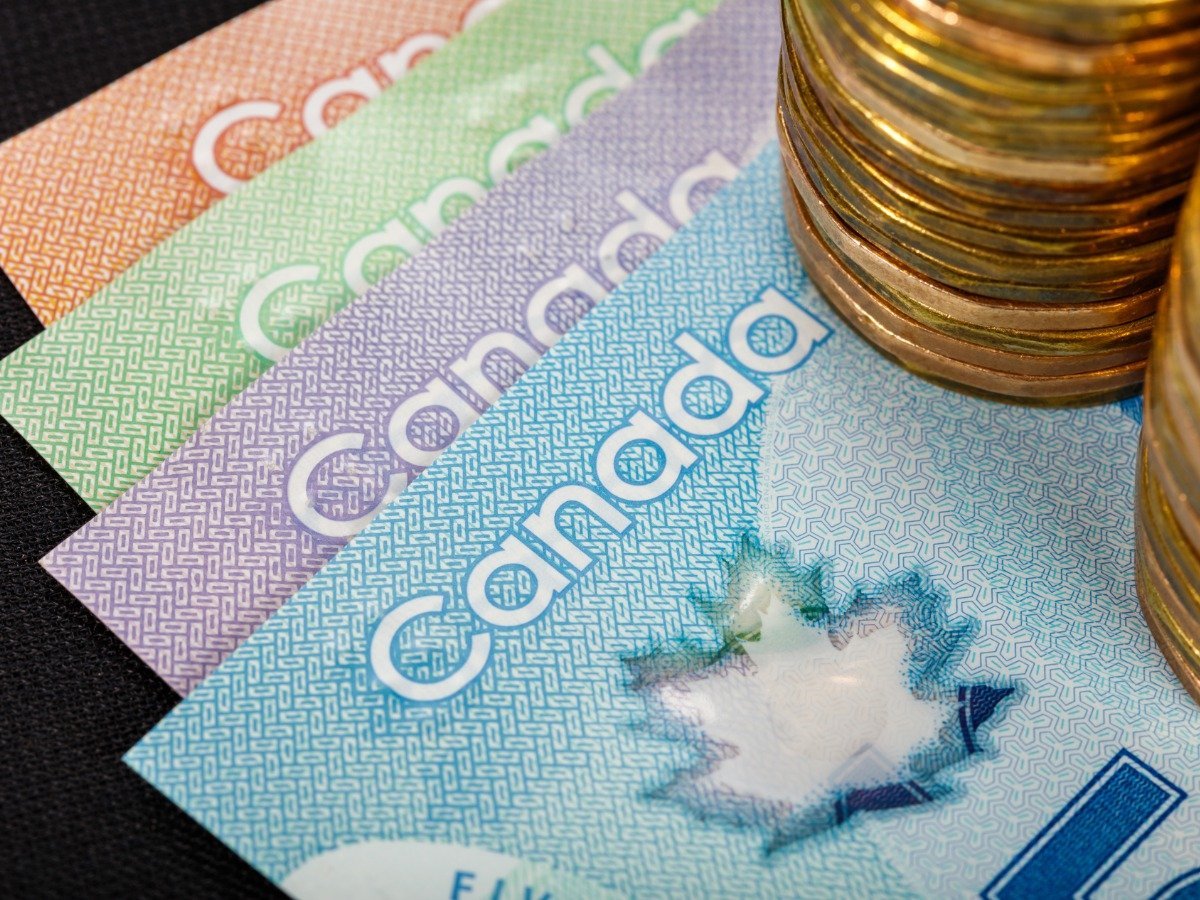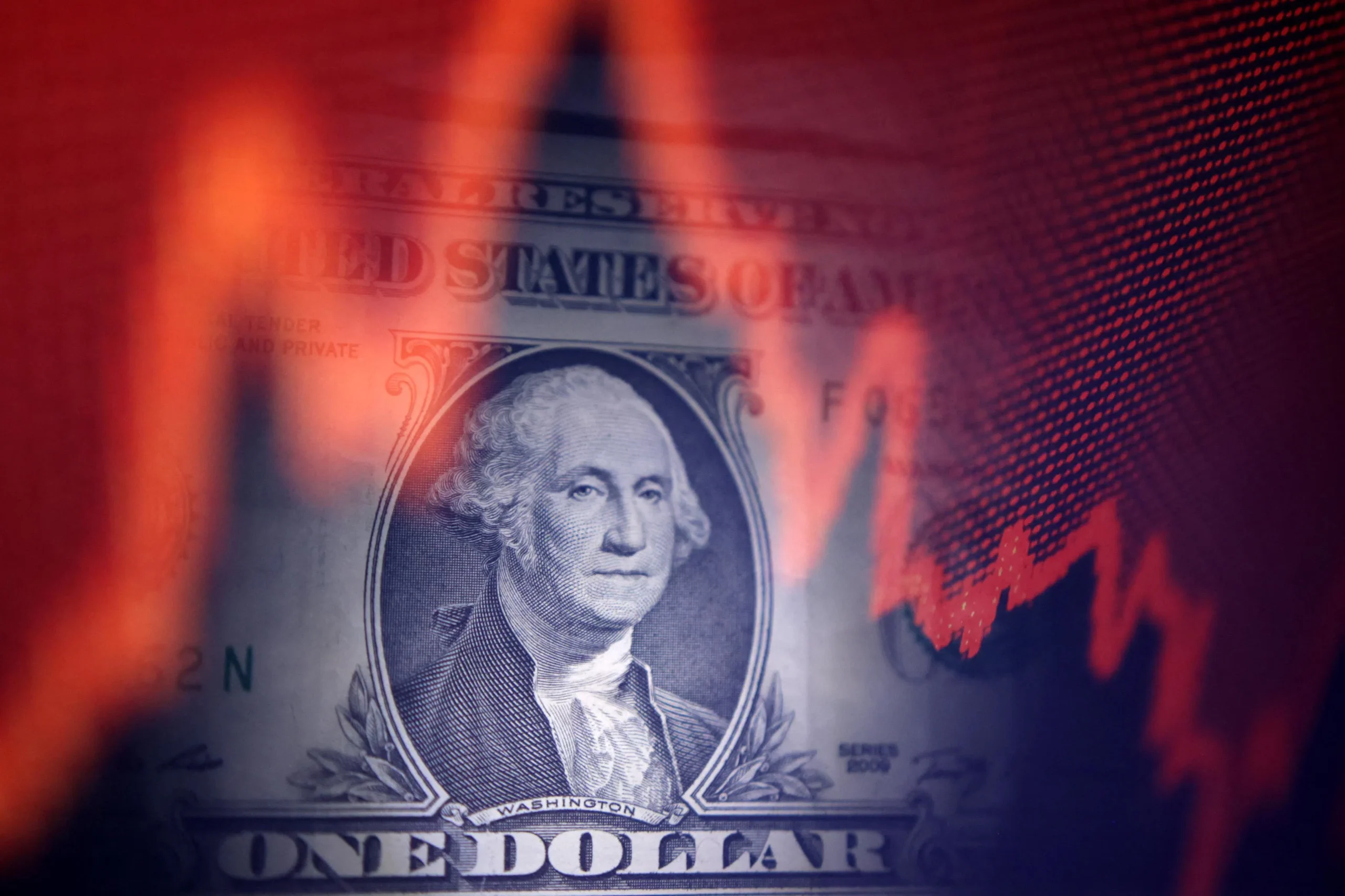
The BoC have now cut twice, taking Canadian interest rates to 4.5%.
This is –100bps lower than the US, but the Bank do not seem worried as the data supports a dovish stance.
GDP forecasts were downgraded and the unemployment rate is rising. The Bank are now more focused on the economy than they are on inflation and this could mean further cuts will come sooner rather than later.
Volatility has been increasing gradually all week after Monday’s brief rally reversed into a strong decline. Wednesday’s session was particularly weak in the US and in mega cap technology stocks such as Tesla and Nvidia. Earnings season is underway and has so far been positive, but stretched valuations and some worries over the economy are leading to targeted selling.
The Bank of Canada’s rate meeting went under the radar somewhat on Wednesday as the focus was more on stocks and the crashing USDJPY. Nevertheless, the meeting was important as it brought the Bank’s second rate cut. Furthermore, the statement did not try and soften the impact by balancing the easing with hawkish rhetoric – the tone was clearly dovish and more cuts can be expected soon.
BoC Leading the Dovish Charge
The BoC were the first major central bank to cut rates in 2024, and following this week’s cut, the first to ease twice. This dovish stance has been supported by data and it seems Governor Macklem is unphased by diverging from the Fed and other banks who are yet to cut. With rates in Canada now 4.5%, there is a 100bps divergence between it and the US which is the widest since 2007. The Fed may narrow that come September, but the BoC are scheduled to meet before the Fed and if they were to cut again, it would create the widest spread in 25 years.
Data in Canada may be causing some concern and hastening the dovish shift. Unemployment has risen to 6.4% and Macklem seems to be focusing more on the economy than on inflation.
“We need growth to pick up so inflation does not fall too much, even as we work to get inflation down to the 2% target.”
GDP for 2024 was revised lower from 1.5% to 1.2% and from 2.2% to 2.1% in 2025. Macklem also said “it’s reasonable to expect further cuts,” although there was no commitment to timing.
Focus on September
A further cut in September is 50/50 despite the dovish stance, mostly because it would mean the BoC would make three cuts before the Fed has even started its easing cycle.
“…markets are pricing in only -15bp for the 4 September meeting, probably since the BoC meeting is two weeks before the Fed one. The pricing for year-end has been hovering around -45bp after the cut,” note ING.
If September leads to a hold, it would make cuts in October and December very likely, but of course, this will rely on data and a lot can happen between now and then. The focus will be on growth and the labour market following Macklem’s comments.
CAD Holding On
With a –100bps discount to the US dollar, the Canadian Dollar is holding up fairly well considering the dovish message and expectations. USDCAD remains at lower highs with the April high and below the 1.39 level which marked the top in 2022 and in 2023. However, the pair has been making a bullish consolidation for several years now and could be about to break higher. This would signal a period of weakness for the Canadian Dollar and the next major target above 1.39 is the 1.46 area. This obviously depends on how many cuts the BoC delivers compared to the Fed, but the divergences in economic data suggest the BoC may move fast and the Fed could move slowly as long as US data remains robust.








